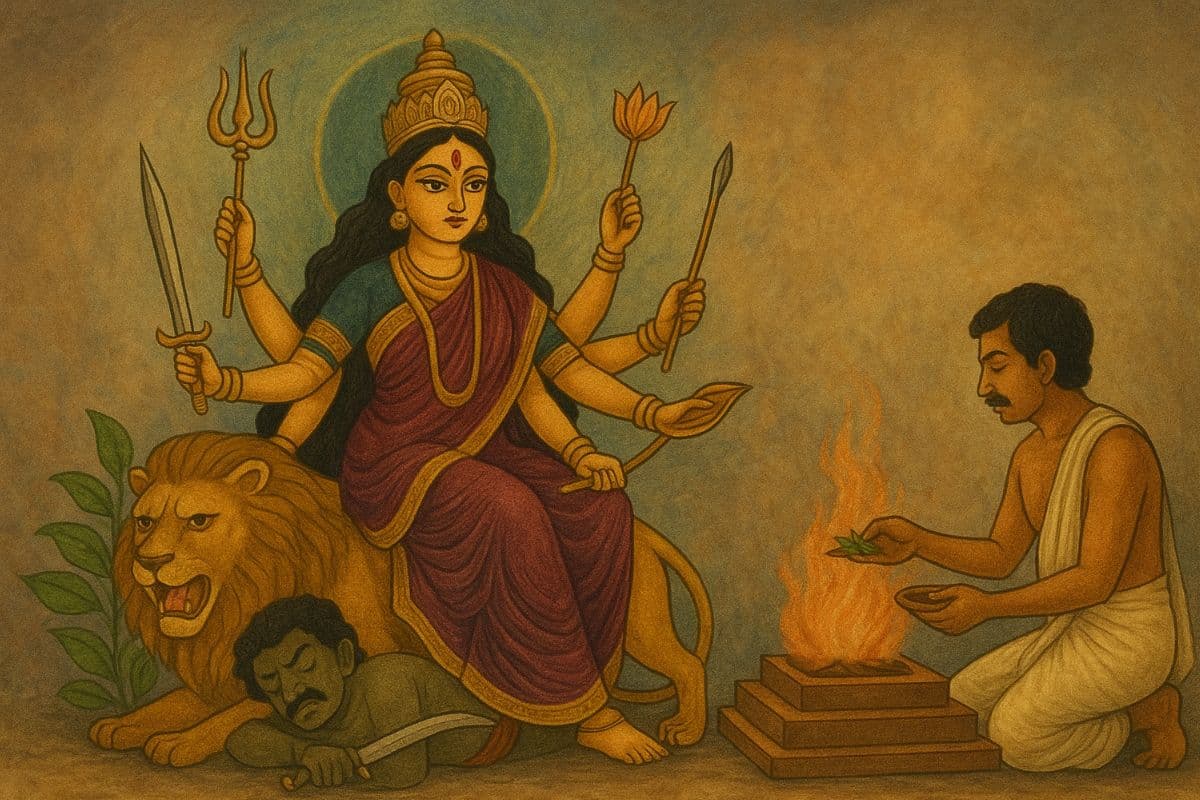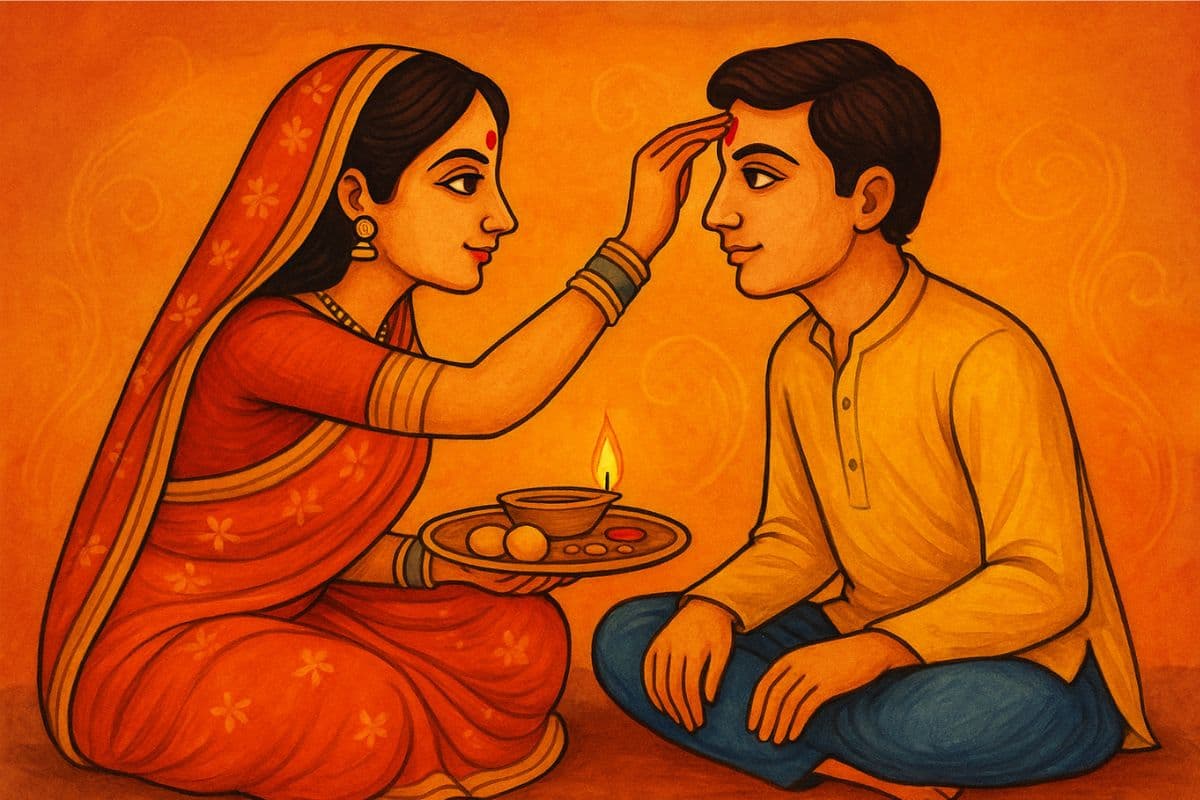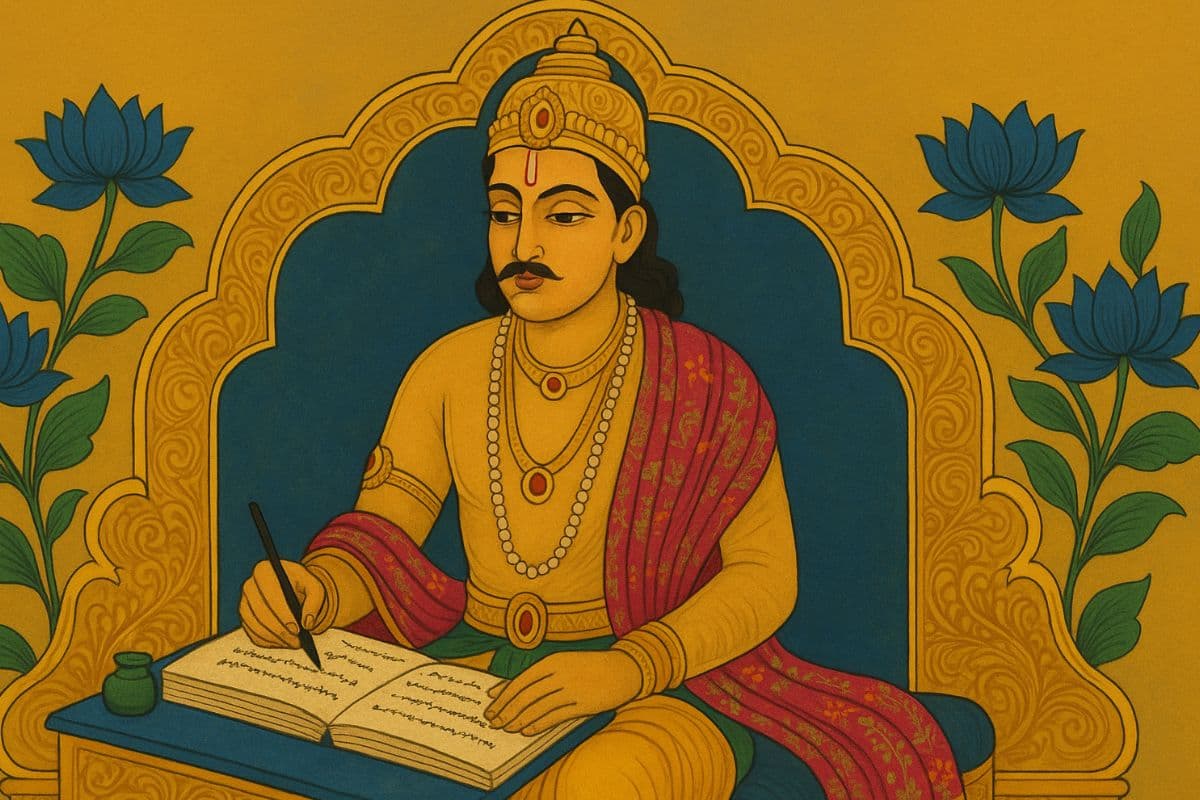Durga Puja rituals and their Astrological roots: How the planets influence the festivities

Explore Durga Puja 2025 planetary rituals, astrological roots, and spiritual significance
Durga Puja is a cosmic dance of devotion, ritual, and planetary alignment. Every chant, every diya, every offering carries deeper meaning, often linked to the planets that guide our lives. Astrology and spirituality meet beautifully in these traditions, reminding us that the Goddess arrives carrying the energy of the stars.
In 2025, as devotees across India and beyond prepare for Durga Puja, understanding the astrological roots of each ritual adds another layer of meaning. Let’s take a closer look at how planets influence the way we worship Maa Durga, and how these rituals strengthen our body, mind, and spirit.
Bodhon: The Invocation of Maa Durga
Planetary Root: Moon (mind, emotions) + Mercury (mantras, communication).
Bodhon is the ritual of awakening the Goddess and inviting her presence. It is performed in the evening, when lunar energy is strong and receptive. The Moon governs emotions and inner peace, while Mercury carries the vibration of words and mantras.
Effect: This union clears mental doubts, steadies emotions, and prepares the heart for devotion. Bodhon reminds us that before any battle, outer or inner, we must first open our minds and welcome divine energy.
Kalash Sthapana: Establishing the Sacred Pot
Planetary Root: Jupiter (faith, dharma, auspicious beginnings).
Kalash Sthapana, or Ghatasthapana, marks the installation of a pot filled with water, leaves, and a coconut placed on top. This pot represents the cosmic womb: the source of all creation. Jupiter, the planet of wisdom and abundance, blesses this act.
Effect: It invites stability, prosperity, and alignment with dharmic energy. When devotees set up the Kalash, they symbolically ground their home or pandal with divine blessings. It is the beginning of the sacred nine-day journey.
Sandhi Puja: The Power of the Junction
Planetary Root: Sun (light, life force) + Mars (action, courage).
Sandhi Puja is performed at the exact transition of Ashtami and Navami. Just like planetary sandhi, when one planet moves from one sign to another, this moment holds immense power.
Effect: Sandhi Puja breaks negativity and awakens courage. It reflects the battle of Durga and Mahishasura, reminding us that the darkest hour is just before victory. For devotees, it is the time to pray for strength to end struggles and embrace new beginnings.
Kumari Puja: Honouring Innocence
Planetary Root: Venus (purity, beauty) + Moon (innocence, nurturing).
Kumari Puja is the worship of young girls as living forms of the Goddess. Venus connects with beauty and grace, while the Moon represents innocence and nurturing. Together, they symbolise the untouched divine feminine energy.
Effect: This ritual blesses devotees with prosperity, love, and pure energy in life. It is also a reminder that the sacred resides in innocence and that every child carries a spark of the Goddess.
Pushpanjali: Offering Flowers
Planetary Root: Venus (fragrance, beauty) + Mercury (devotion through mantras).
Pushpanjali is the offering of flowers at Maa Durga’s feet, usually accompanied by mantras. Flowers are ruled by Venus, the planet of beauty and harmony, while Mercury ensures that our words and prayers are carried to the divine.
Effect: This act softens emotional stress, harmonises relationships, and pleases benefic planetary energies. It is a simple offering, yet deeply powerful, transforming emotions into devotion.
Dhunuchi Naach & Dhak: Dance and Drums
Planetary Root: Mars (rhythm, vitality) + Rahu (smoke, illusion).
Few rituals are as joyful and energetic as the Dhunuchi Naach, where devotees dance with incense burners, accompanied by the rhythmic beats of the dhak. Mars fuels energy, vitality, and rhythm, while Rahu is represented in the cleansing smoke.
Effect: Together, they clear stagnant energy, remove negativity, and boost collective confidence. It is as much a spiritual cleansing as it is a celebration, uniting people through sound, movement, and faith.
Sindoor Khela: Red for Life and Protection
Planetary Root: Sun (life force) + Mars (protection, vitality).
On Vijayadashami, married women take part in Sindoor Khela, applying vermilion to the Goddess and to one another. The red sindoor symbolises fertility, shakti, and continuity of life. Astrologically, red belongs to Mars and vitality, while the Sun represents life energy.
Effect: This ritual strengthens marital bonds, ensures vitality, and invokes Durga’s protection over the family. What begins as play with vermilion becomes a prayer for health, strength, and togetherness.
Why Astrology Matters in Durga Puja
Durga Puja rituals are not random traditions. Each one reflects the planetary energies that shape our lives. The Moon steadies the mind, Jupiter blesses beginnings, Mars fuels courage, Venus inspires harmony, the Sun sustains life, Mercury carries mantras, Saturn teaches discipline, and Rahu/Ketu transform energy.
By aligning rituals with planets, devotees channel cosmic forces into their worship. The festival becomes not just a cultural celebration but a spiritual rebalancing of body, mind, and universe.
Durga Puja 2025 is more than rituals. It is a living astrology lesson, written in incense smoke and sung in mantras. Every offering has a planetary echo, every tradition a cosmic root. As you perform puja this year, whether offering flowers, lighting a diya, or joining Sindoor Khela, remember that you are not just celebrating a festival. You are aligning yourself with the planets, inviting courage, harmony, and renewal into your life.



